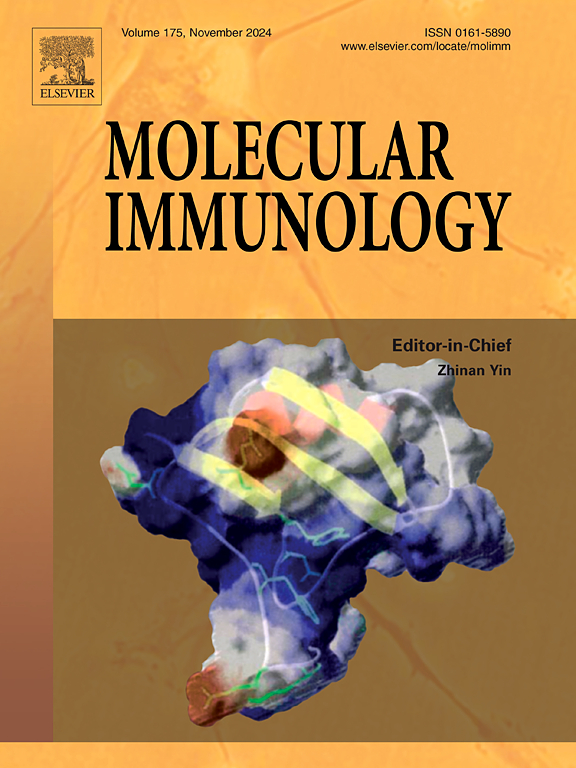msc - ev通过抑制net对内皮细胞粘附连接的损伤,减轻败血症诱导的急性肺损伤
IF 3
3区 医学
Q2 BIOCHEMISTRY & MOLECULAR BIOLOGY
引用次数: 0
摘要
中性粒细胞胞外陷阱(NETs)在脓毒症诱导的急性肺损伤(SI-ALI)的进展中起着至关重要的作用。来自间充质干细胞(msc - ev)的细胞外囊泡被认为对SI-ALI有潜在的治疗作用。然而,目前还缺乏对其精确机制的全面了解。本研究旨在阐明msc - ev对net介导的SI-ALI的治疗机制。体内和体外实验表明,NETs通过激活calpain 1/2降低VE-cadherin的表达,从而损害内皮屏障功能,加重SI-ALI的发病机制。发现msc - ev通过减少NETs的形成来缓解SI-ALI。此外,msc - ev通过ROS/AKT通路将NETosis转变为凋亡,从而抑制了NET的产生。本研究描述了net诱导的SI-ALI内皮损伤的致病作用,并促进了msc - ev作为该疾病的新治疗方法。本文章由计算机程序翻译,如有差异,请以英文原文为准。
MSC-EVs alleviate sepsis-induced acute lung injury through inhibiting NET-triggered damage to adherens junctions of endothelial cells
Neutrophil extracellular traps (NETs) play a crucial role in the progression of sepsis-induced acute lung injury (SI-ALI). Extracellular vesicles derived from mesenchymal stem cells (MSC-EVs) are considered to have potential therapeutic effects on SI-ALI. Nevertheless, a comprehensive understanding of the precise mechanism is currently lacking. This study intends to illustrate the therapeutic mechanisms of MSC-EVs against NET-mediated SI-ALI. In vivo and in vitro experiments demonstrate that NETs reduced the expression of VE-cadherin through calpain 1/2 activation, thereby impairing endothelial barrier function and exacerbating the pathogenesis of SI-ALI. MSC-EVs were found to alleviate SI-ALI by reducing the formation of NETs. Additionally, MSC-EVs inhibited NET generation by shifting NETosis to apoptosis through the ROS/AKT pathway. This study delineates the pathogenic role of NET-induced endothelial injury in SI-ALI and promotes MSC-EVs as a novel therapeutic approach for this disease.
求助全文
通过发布文献求助,成功后即可免费获取论文全文。
去求助
来源期刊

Molecular immunology
医学-免疫学
CiteScore
6.90
自引率
2.80%
发文量
324
审稿时长
50 days
期刊介绍:
Molecular Immunology publishes original articles, reviews and commentaries on all areas of immunology, with a particular focus on description of cellular, biochemical or genetic mechanisms underlying immunological phenomena. Studies on all model organisms, from invertebrates to humans, are suitable. Examples include, but are not restricted to:
Infection, autoimmunity, transplantation, immunodeficiencies, inflammation and tumor immunology
Mechanisms of induction, regulation and termination of innate and adaptive immunity
Intercellular communication, cooperation and regulation
Intracellular mechanisms of immunity (endocytosis, protein trafficking, pathogen recognition, antigen presentation, etc)
Mechanisms of action of the cells and molecules of the immune system
Structural analysis
Development of the immune system
Comparative immunology and evolution of the immune system
"Omics" studies and bioinformatics
Vaccines, biotechnology and therapeutic manipulation of the immune system (therapeutic antibodies, cytokines, cellular therapies, etc)
Technical developments.
 求助内容:
求助内容: 应助结果提醒方式:
应助结果提醒方式:


